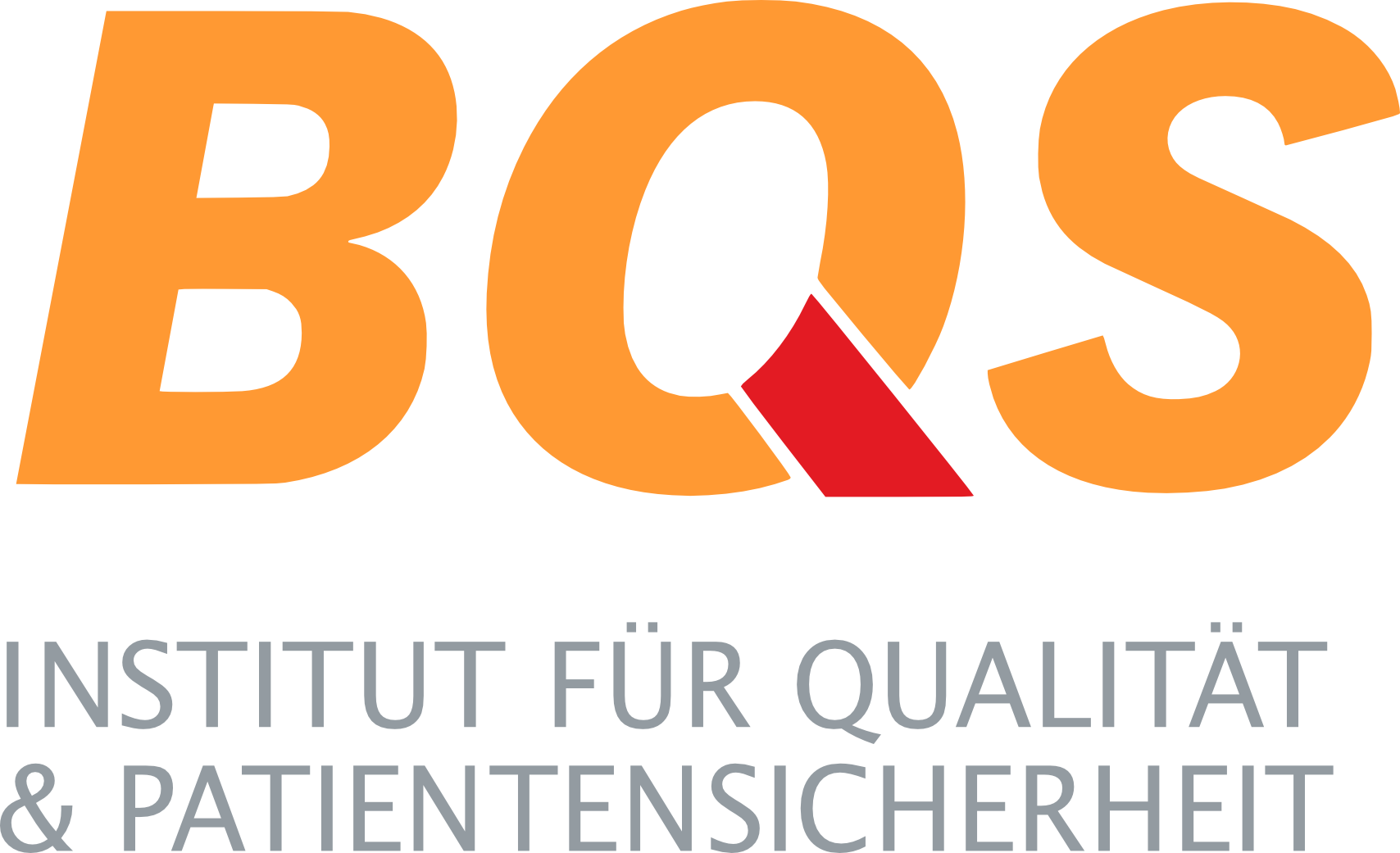CIRS stands and falls with the safety culture
Anna Leja, BQS Institute
Clinical risk management (CRM) has become increasingly important in recent years, not least due to the issuance of guidelines by the Federal Joint Committee (G-BA) on the introduction of internal risk management in hospitals. Hospitals are to systematically identify and analyze their risks, develop and implement improvement measures based on these, which are then evaluated and adjusted if necessary.
There is a whole range of instruments for implementing cRM:
Internal risk audits, mortality and morbidity conferences, infection prevention measures and OR checklists are frequently used.
The CIRS (Critical Incident Reporting System) plays a prominent role among the instruments of cRM. This is a voluntary error reporting and learning system for reporting critical incidents and near misses. Employees report errors in the system (What happened? What was the outcome? Why did it happen? How could it be prevented in the future?), and experts process and derive improvement actions. Risk-reducing measures are then communicated to employees and implemented. Hospitals set up in-house systems for this purpose and/or participate in external CIRS networks such as the Hospital CIRS Network Germany. The knowledge gained from CIRS acts as an important source for risk management.
In theory, this sounds promising.
However, the success of CIRS is linked to a number of conditions: an employee is likely to report an error only if he or she trusts that
- he/she does not have to fear any negative consequences as a result - the report is therefore anonymous and free of sanctions
- his comments and suggestions for improvement, or he as an expert in his field, are taken seriously
- his reports are translated into meaningful improvement measures
- these improvement measures are actually implemented and thus increase patient safety.
These are a facility's values and norms regarding patient safety. They are answers to questions such as.
- Do employees dare to openly address risk potentials?
- do employees feel that errors are translated into meaningful improvement measures?
- are errors and the measures developed as a result adequately communicated?
- What priority does the topic of patient safety and risk management enjoy among direct superiors and hospital management?
At the same time, a functioning error reporting system will give a new impetus to the development of a sustainable safety culture: As a result of dealing with errors and improvement measures, employees become more aware of risks. Transparency about errors, error prevention strategies and their successes increases the motivation of employees to actively participate in this continuous improvement process.
In connection with the introduction and optimization of risk management instruments, hospitals should consider how the safety-cultural framework conditions of their facility stand.
With the new survey instrument for safety culture, which was jointly developed by the Picker Institute and the Institute for Patient Safety (IfPS), hospitals in German-speaking countries now have the opportunity to take a close look at the status quo of the safety culture in their institution and thus promote a sustainable basis for effective CIRS.
Do you believe in CIRS? Eva Lampmann, BQS Institute asks Joachim Prölß, Director of Patient and Care Management, University Medical Center Hamburg-Eppendorf (UKE), Vera Lux, Member of the Board and Director of Nursing, University Medical Center Cologne, Ines Manegold, Managing Director, Catholic Clinics Emscher-Lippe and Christian Ernst, Commercial Director, Specialist Clinic Hamburg.


